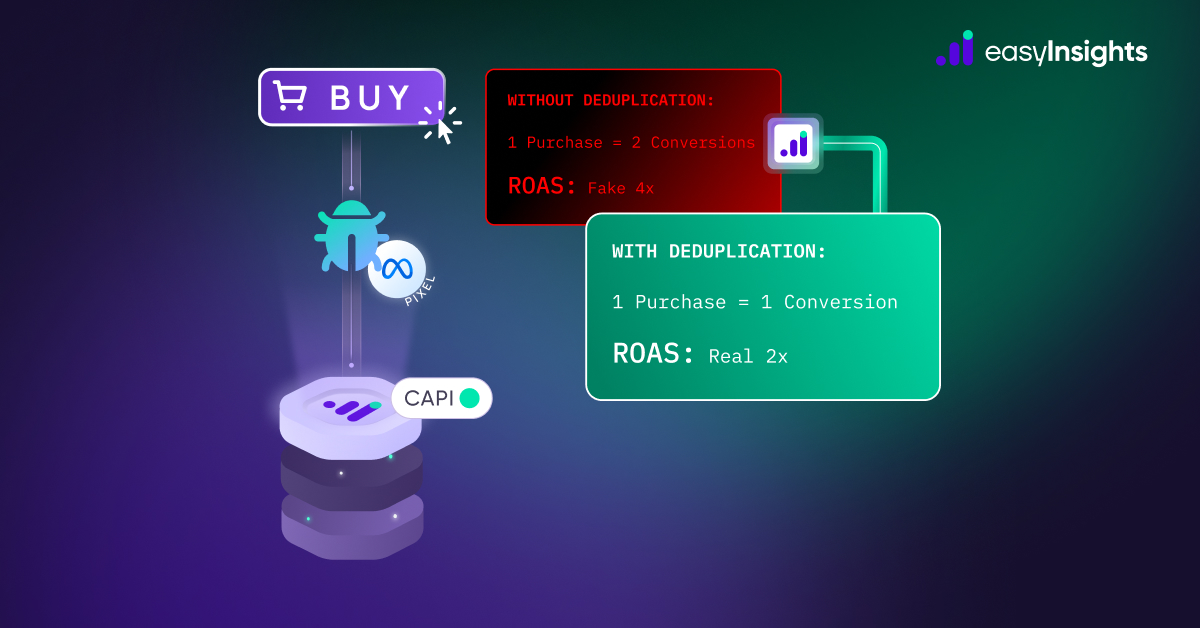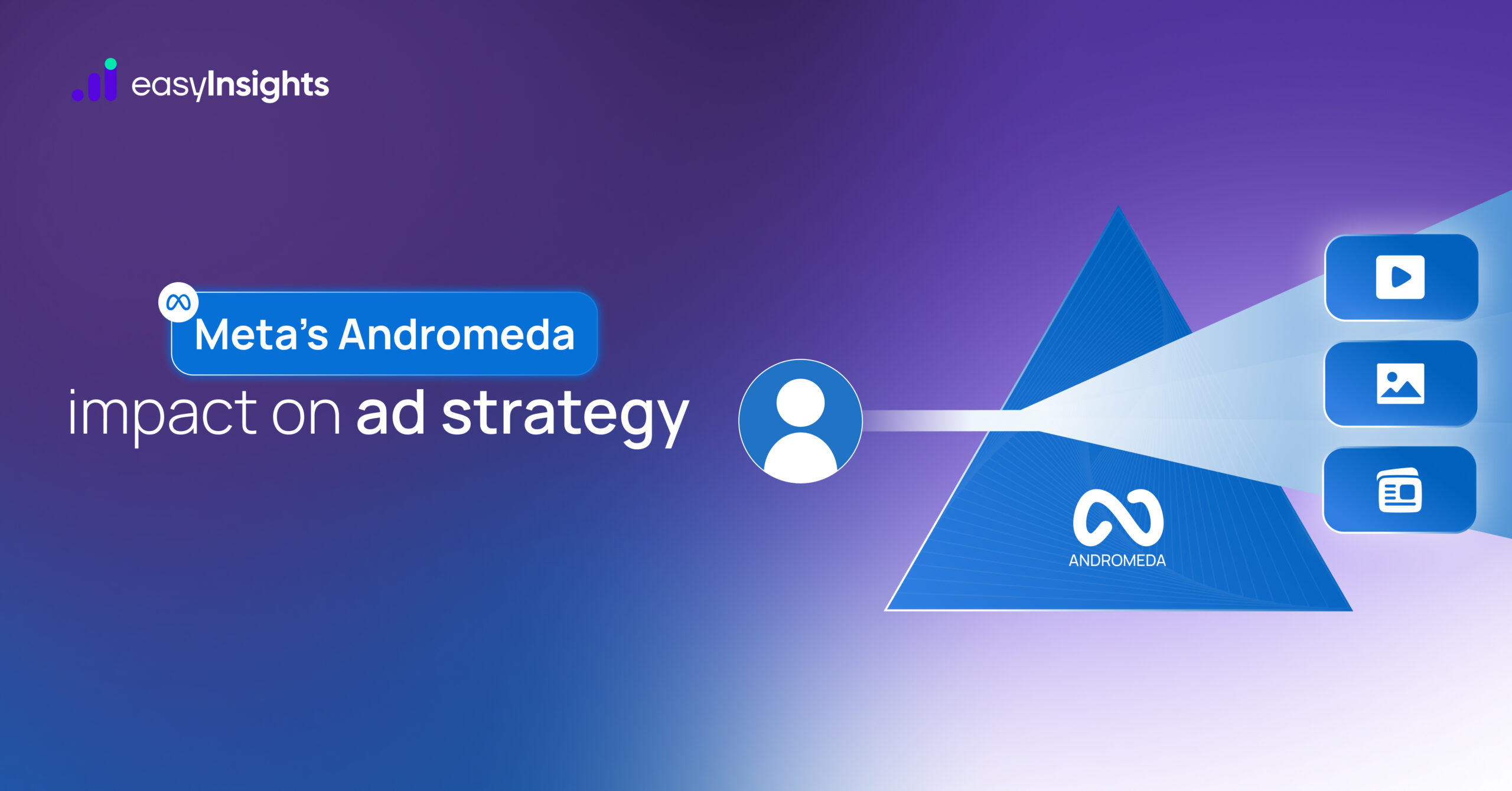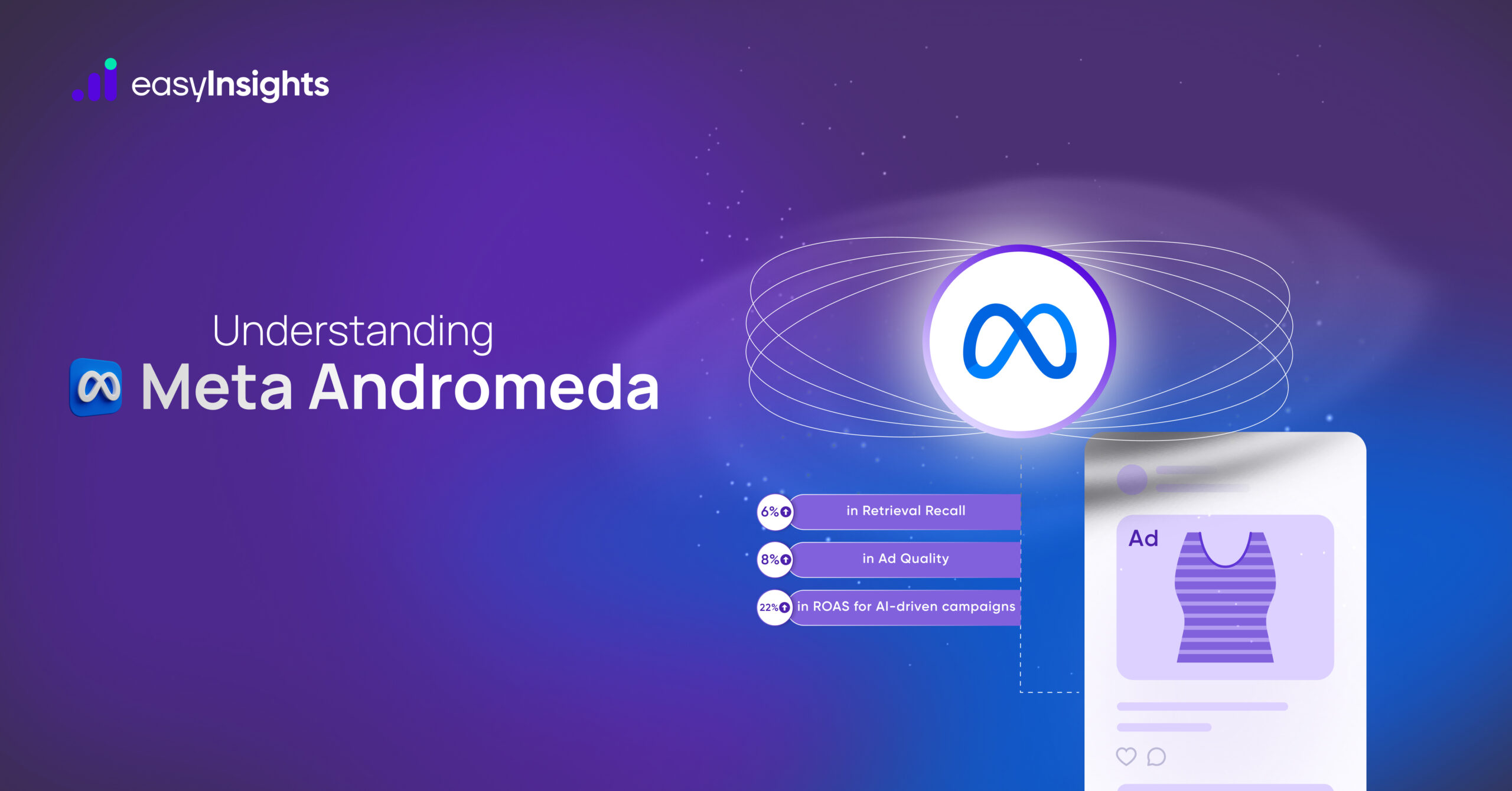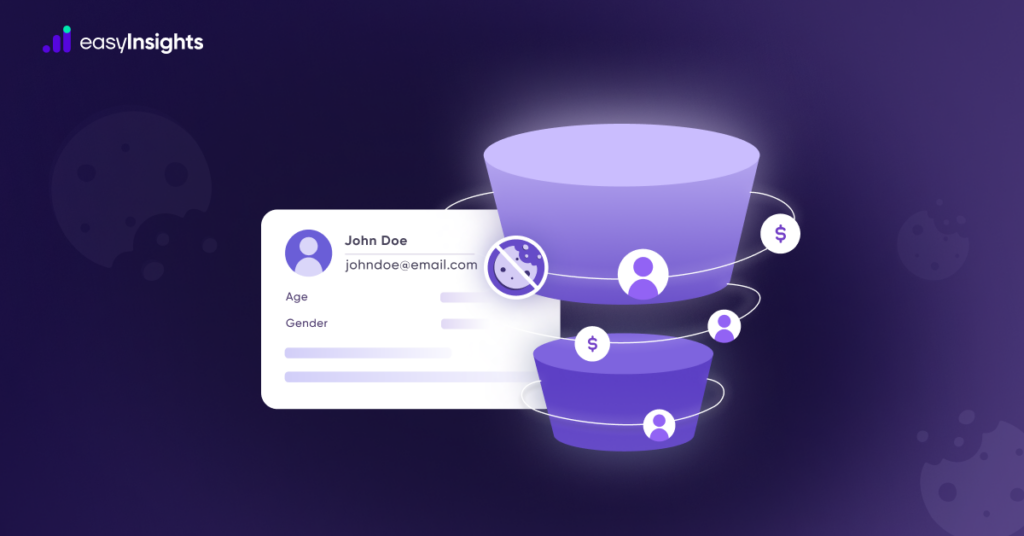
After Apple and Firefox led the charge, Google plans to phase out third party cookies from Chrome by early 2025. This presents many challenges for marketers, the most significant of which is the rising Customer Acquisition Cost (CAC).
According to a study, acquisition costs have risen almost 60% in the past five years due to privacy regulations like GDPR and improved data security on devices. The removal of third party cookies, which have been crucial for personalized campaigns and effective targeting, will likely drive CAC even higher.
A Deloitte survey found that 6 out of 10 marketers still rely on third party cookies for customer acquisition and sales. As third-party cookies disappear, you must find new ways to reach your audiences and improve the efficiency of your marketing efforts.
Join us as we delve into the impact of losing third party cookies on CAC and explore strategies to mitigate those risks.
Jump ahead to:
Relationship Between Third Party Cookies and CAC Explained
Third party cookies are files placed on a user’s device by websites other than the one they are currently visiting. Advertisers use these cookies to track users and their behavior across different sites. Then, they use this data to personalize their campaigns and precisely target their audiences.
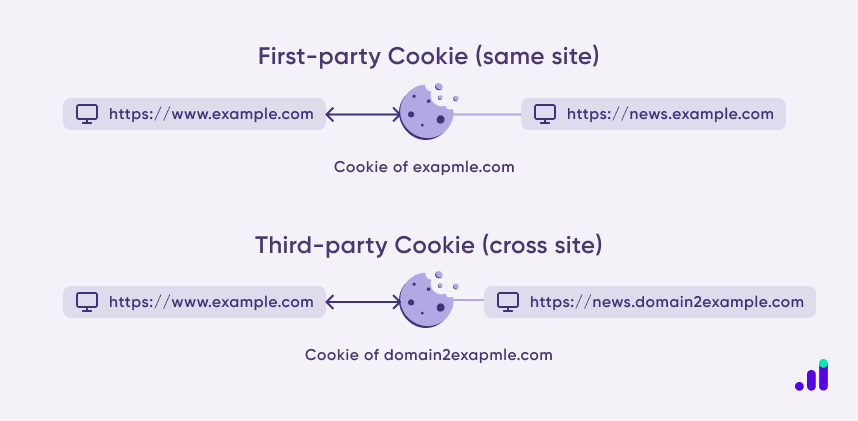
Customer Acquisition Cost (CAC) equals the total cost of acquiring a new customer, which includes the costs related to marketing, sales, and advertising efforts. A lower CAC indicates you spent less to attract new customers, while a higher CAC suggests you spent more to achieve the same result.
However, as third party cookies disappear, efficiency of your targeting will drop. Advertisers must spend more to reach potential customers, leading to higher CAC. Furthermore, with less precise targeting, customer engagement and retention suffer. Therefore, customers are less likely to stay loyal or make repeat purchases.
Additional Read: Impact of Third Party Cookie Loss on B2B Marketing
How is Third Party Cookie Loss Affecting CAC?
Here are some reasons why the loss of third party cookies will cause an influx in the cost of acquiring new customers:
- Lower Match Rates in Cookie Syncing
Match rates refer to the ability of ad-tech partners, such as DSPs, ad exchanges, DMPs, etc., to identify and match a user across different devices and platforms. Thirty party cookies have been instrumental in achieving high match rates by tracking users across multiple sites.
Without third party cookies, these platforms can’t accurately match users. This hinders your ability to target the right audience precisely. Therefore, your campaigns target a broader audience, leading to increased ad spend without any substantial increase in conversions.
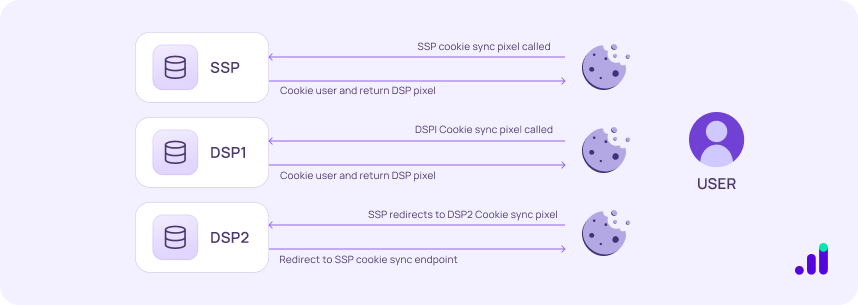
Ad platforms relied on cookies syncing or matching to identify users across websites and serve personalized ads. Cookie syncing is how ad-tech partners, such as DMPs, DSPs, ad exchanges, etc., synchronize their cookies to profile users. Here’s how it works:
When a user visits a site, an ad request is sent to the site’s ad tech platform (Platform A). Platform A redirects this request to a partner platform (Platform B), appending its unique cookie ID (ID_A) to the URL. Platform B reads ID_A and responds with its own ID (ID_B). Both platforms store the mapping between ID_A and ID_B, enabling them to recognize the same user across different sites in the future and serve them personalized ads.
- Unreliable Traditional Analytics Tools
Most analytics tools you use are probably from the pre-privacy era. Therefore, they rely on third party cookies to provide data for measuring user interactions and attributing conversions to specific marketing efforts.
As you can imagine, such tools are no longer reliable without third party cookies. Marketers who still depend on them cannot measure campaign performance accurately, which can lead to overspending on ads and higher CAC.
- Issues with DMPs and Tag-Based CDPs
Like analytics tools, Data Management Platforms and tag-based Customer Data Platforms rely heavily on third party cookies to collect, segment, and activate data for targeted advertising. So, their effectiveness will also decline as we move towards a world without third party cookies.
These platforms will struggle to collect and use data effectively, leading to less accurate targeting and personalization. As a result, your campaigns will become less efficient, requiring more budget to achieve the essentially same results, thereby increasing the CAC.
- Slower Audience Activation with Complicated Data Supply Chains
Third party cookies made it easier for marketers to connect customer interactions across multiple channels and create a centralized profile that can be activated on all channels. However, the process has become time-consuming with scarce third party cookies.
Now, you must navigate complex data pipelines involving multiple devices and countless tools in your martech stack. This delays audience activation, ultimately reducing effectiveness of your campaigns and increasing customer acquisition costs.
- Fewer Insights Based on First-Party Data
With third party cookies becoming history, the focus has shifted to first party data collected directly from users through owned channels, such as websites and apps. While valuable, this data is often limited in scope without the right strategies and tools in place.
This gives you a narrower view of user behavior, enabling you to generate fewer actionable insights. This limitation can delay decision-making and hinder the success of marketing strategies. Consequently, you might spend more on less targeted campaigns, leading to higher CAC.
How to Manage CAC with Loss of Third Party Cookies?
If you’re serious about reducing the rising cost of acquiring customers without third party cookies, you must adopt the cookieless model of digital marketing. Here’s what you need to do:
- Embrace Zero- and First-Party Data
First and foremost, you’ll have to compensate for the loss of user data. You can do so by implementing mechanisms to collect, store, and analyze zero and first party data.
Zero party data is information that customers intentionally and proactively share with you. First party data is collected directly from users through interactions on your owned channels, such as websites and apps.
To encourage users to share data, publish surveys, loyalty programs, and exclusive content. You must also integrate this data collection into Customer Relationship Management (CRM) systems and Customer Data Platforms (CDPs) for accurate measurement.
Since you collect data directly from users, it’s more accurate and helps you better understand their needs, wants, and behavior. Then, you can use this data to segment audiences, build lookalike audiences, and create 360 customer profiles using a tool like EasyInsights.
When collecting data from users firsthand, ensure compliance with GDPR and similar regulations. Integrate consent management and strong data governance policies to ensure users trust you with their data.
Additional Read: First Party Data Onboarding – All You Need to Know
- Invest in A First Party Data Activation & Enrichment Platform
Once you have the mechanism to collect and manage first hand user data, you’ll need a platform that can transform this data into a usable asset. Data enrichment and activation platforms such as EasyInsights are perfect for this job. It offers advanced features such as:
- Customer Data Enrichment: You can enrich customer data with valuable insights like website behavior and UTM parameters.
- Conversion Deduplication: You can also remove duplicate conversion events from Meta and Google, improving the accuracy and visibility of your campaigns.
- Server-Side Tracking: Server-side conversion tracking enables you to capture and send conversion data to any destination across marketing channels without using third party cookies.
- Customer-360 Profiles: These tools also help you build unified customer profiles after implementing identity resolution measures. You can activate these profiles in ads and other marketing campaigns.
- Audience Suppression: By removing low-intent and irrelevant audiences from your retargeting campaigns, you can optimize your ad spend.

- Leverage Contextual Advertising
Lack of third party cookies means you won’t be able to optimize your ads effectively and target relevant audiences, resulting in a higher CAC. However, this doesn’t make PPC ads irrelevant. What you must do is shift your approach to contextual advertising.
Contextual advertising displays ads based on the web page’s content rather than user behavior. This ensures the ad remains relevant to the context in which the user sees it. To implement this, you must analyze the types of content your audiences engage with and serve ads relevant to that content. Since the ad matches the content users are consuming, it is more likely to resonate with them. This increases the chances of them interacting with your ads and converting. This strategy has the potential to boost return on your ad spend and keep the CAC in check.
- Reallocate the Marketing Budget to Personalization Efforts
We all are aware that personalization brings increased customer loyalty and repeat business. In a cookieless world, you can also leverage it to acquire new customers. Without third party cookies, you’ll have to use zero and first party data to achieve this.
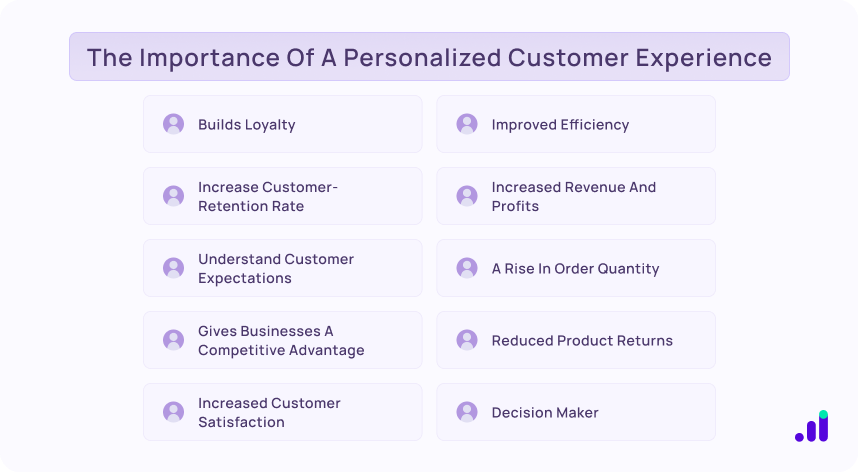
First, you must segment the audience based on preferences and behaviors. Then, you can deliver personalized content, product recommendations, and offers to tailor experiences for each individual.
When users receive messages that resonate with them, they are more likely to engage with them. Higher engagement levels lead to more click-throughs and conversions. This also reduces your dependence on generic ad campaigns. Therefore, you can achieve your acquisition goals with fewer marketing resources.
- Optimize Content and SEO
Talking of reducing your reliance on paid ads, your next step should be to explore content marketing and SEO. Why? Content marketing can bring 3x more leads than paid search advertising.
Regularly publishing content that addresses the audience’s needs and wants establishes you as an authority. Furthermore, you can generate traffic organically by implementing SEO best practices, such as keywords, quality backlinks, and unparalleled user experience.
You can also content to engage with potential customers at different stages of their journey. Blog posts, videos, infographics, and other content types can educate and nurture leads, moving them closer to conversion.
The result? Users who see you as an expert will be more likely to purchase from you. Similarly, you can keep potential customers engaged and gradually guide them toward purchasing. This reduces your dependence on costly direct marketing efforts and lowers CAC.
Additional Read: How to Implement a First Party Data Driven Approach to Multi-Channel Content Distribution
Keeping CAC in Check with EasyInsights
Digital marketing without third party cookies is a reality, and there’s no escaping it. If you don’t take the appropriate measures, you’ll struggle with poor match rates and inaccurate reporting. This will hinder your ability to optimize your marketing spend, resulting in increased customer acquisition costs.
To work past these issues, you must improve your performance and paid marketing strategy with the focus on building personalized experiences, delivering helpful content, and serving contextual ads. For this, you’ll need a solid repository of zero and first party data. That’s where EasyInsights comes in handy.
EasyInsights is a data enrichment and activation platform that helps you collect user data from multiple sources under one roof. You can build customer 360 profiles and activate them across your marketing tech stack. Moreover, you can leverage data enrichment services and server-side tracking to improve the accuracy of your data.
Book a demo today to see EasyInsights in action!
Additional Read: How to Use First Party Data for Your E-Commerce Brand




